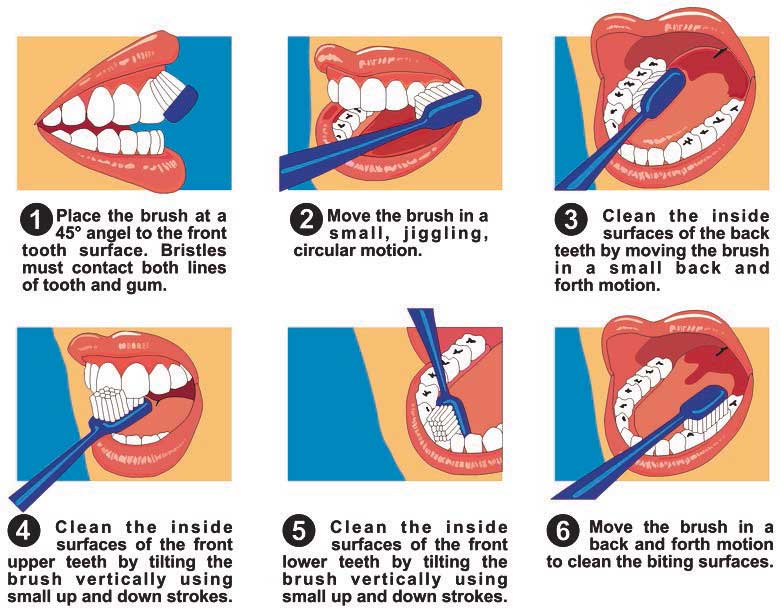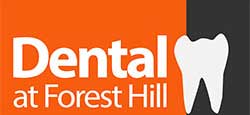Table of Contents
Brushing your teeth is a crucial aspect of maintaining good oral hygiene. It helps remove plaque and bacteria, preventing tooth decay, bad breath, and gum disease.
Follow these tips
Brushing your teeth effectively is crucial for maintaining good oral hygiene. Remember to choose the right toothbrush and toothpaste, brush at the right angle and for the right amount of time, don’t forget your tongue, don’t brush too hard, floss daily, and replace your toothbrush regularly. By following these tips, you can help prevent tooth decay, bad breath, and gum disease, and keep your teeth and gums healthy.
Do you Use a Good Tooth Brushing Technique?
The way you hold and brush your toothbrush can affect how well you brush. When brushing the front and back of your teeth, hold your toothbrush 45 degrees from the gumline, and gently sweep away food debris & plaque along the gumline with gentle circular motions. Brush your chewing surfaces back and forth in a short, circular motion.
To avoid damaging your gum tissue and exposing your sensitive tooth root surfaces to oral bacteria, you should also make sure your brush strokes are short and precise.

Brushing your teeth is a crucial aspect of maintaining good oral hygiene. It helps remove plaque and bacteria, preventing tooth decay, bad breath, and gum disease. However, brushing your teeth haphazardly or incorrectly can be ineffective and even harmful to your teeth and gums. Here are some tips on how to brush your teeth effectively:
Choose the right toothbrush
There are two types of toothbrushes: manual and electric. Both can be effective if used correctly, but an electric toothbrush can make brushing easier and more efficient. Choose a toothbrush with soft bristles to avoid damaging your teeth and gums.
Use the right toothpaste
Toothpaste contains fluoride, which helps prevent cavities and strengthens tooth enamel. Choose a toothpaste with fluoride, and if you have sensitive teeth, choose one that is specifically designed for sensitive teeth.
Brush at the right angle
Hold your toothbrush at a 45-degree angle to your teeth, pointing the bristles towards the gum line. Use gentle, circular motions to brush the fronts, backs, and tops of your teeth.
Brush for the right amount of time
Brush your teeth for at least two minutes, twice a day. Use a timer or an electric toothbrush with a timer to ensure you brush for the full two minutes.
Don't forget your tongue
Bacteria can also build up on your tongue, causing bad breath. Use your toothbrush or a tongue scraper to gently clean your tongue.
Don't brush too hard
Brushing too hard can damage your teeth and gums, causing sensitivity and even gum recession. Use a light touch and let the bristles do the work.
Floss daily
Brushing alone cannot remove all the food particles and bacteria from between your teeth. Floss daily to remove any trapped food and bacteria.
Replace your toothbrush regularly
Replace your toothbrush every three to four months, or sooner if the bristles are frayed or damaged. A worn toothbrush is less effective at cleaning your teeth.
Contact Dental At Forest Hill
Our emphasis is always to provide gentle, dental care. We are a family oriented general dental practice, and our primary focus is preventing disease and providing happy smiles. We are conveniently located on 250 Canterbury Rd, Forest Hill, VIC 3131. You can call us on: (03) 9878 3233 to ask any questions or to set up an appointment.


